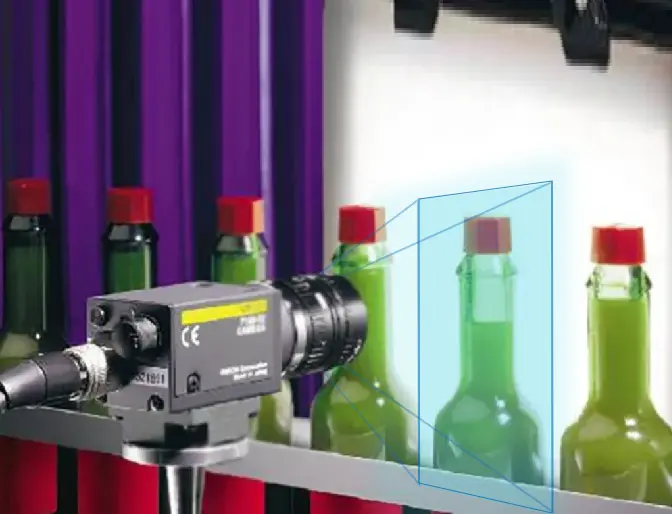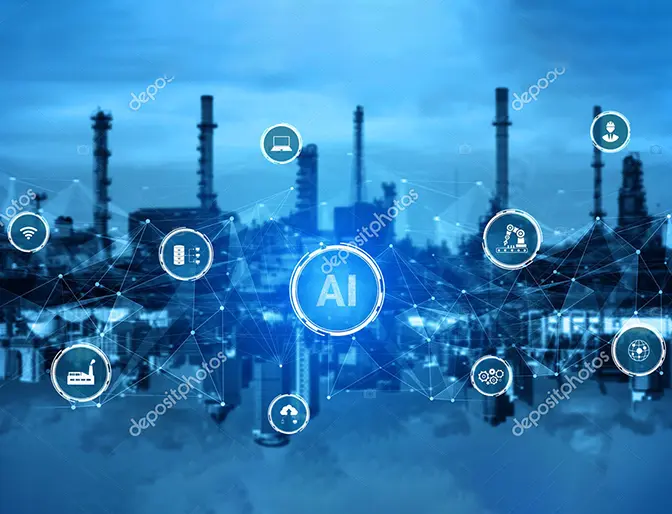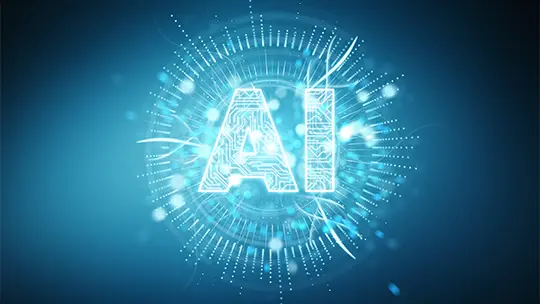Defect Detection Using Visual Inspection
Detecting defects is crucial for maintaining high-quality standards in manufacturing. Advanced visual inspection systems use high-resolution cameras and image processing algorithms to identify surface imperfections, verify dimensional accuracy, ensure color and texture consistency, check assembly correctness, detect contamination, and validate labels and markings. These automated systems improve defect detection accuracy and streamline quality control. Various methods, from traditional visual inspection and mechanical testing to advanced Ultrasonic Testing, X-ray imaging, Automated Optical Inspection (AOI), and AI-based systems, are used to spot defects. Combining these techniques ensures top-quality products for customers.



